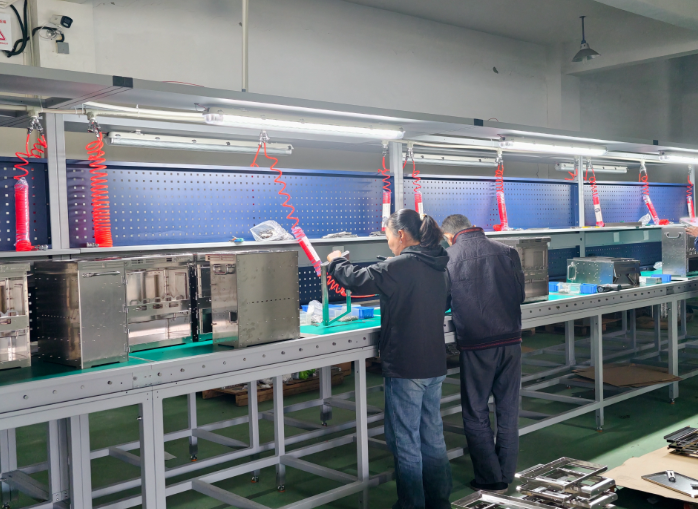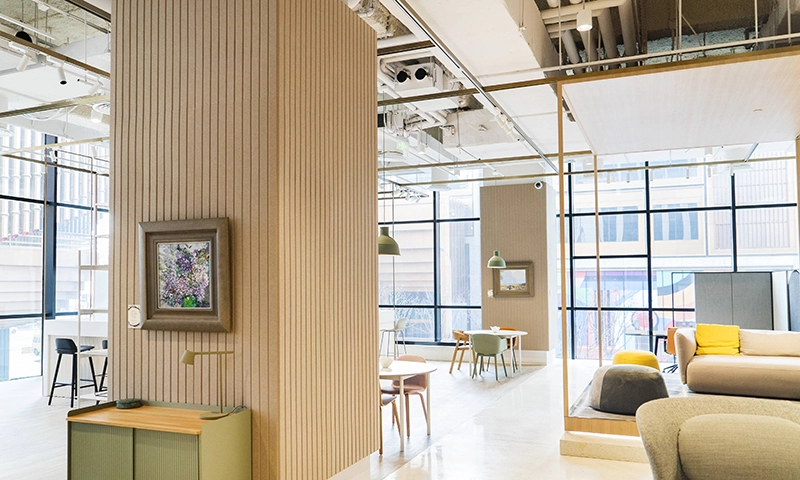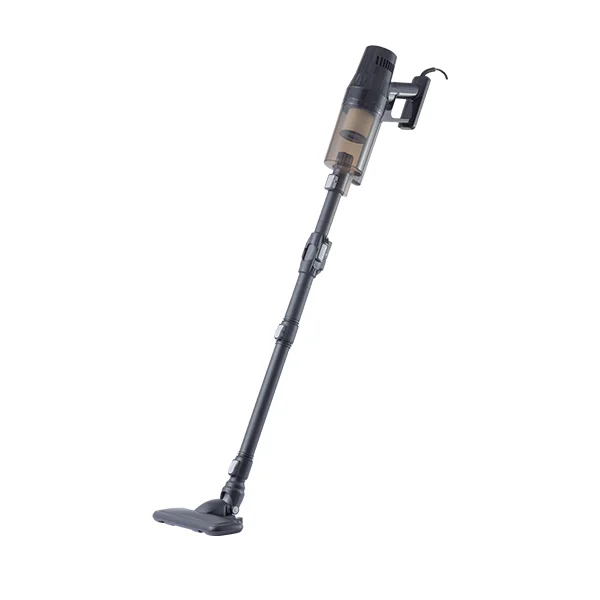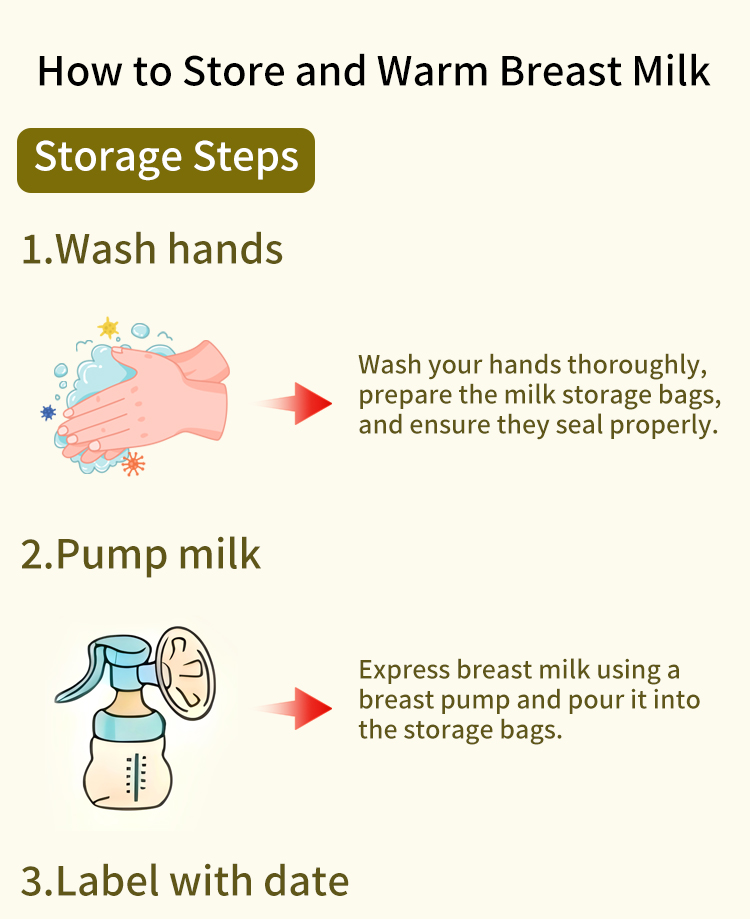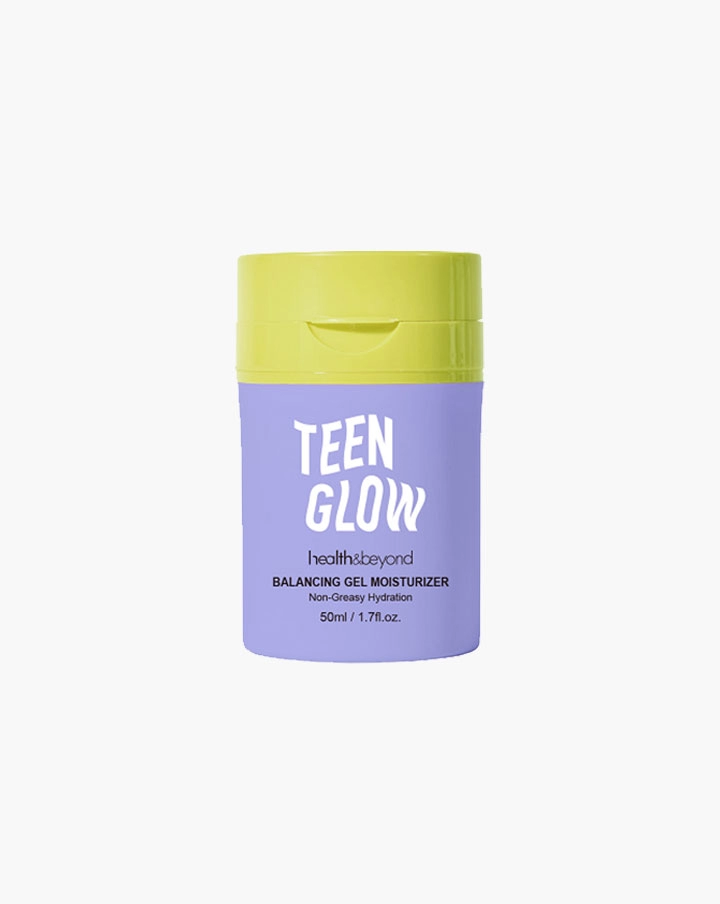Beat the Heat: The Ultimate Guide to Choosing Materials for Extreme Temperatures
As global temperatures continue to rise, the need for effective materials that can withstand extreme heat becomes increasingly critical. Whether you are designing a building, selecting clothing, or choosing outdoor furniture, understanding which materials perform best in hot weather can significantly enhance comfort, durability, and energy efficiency. This article delves into the science behind material selection for hot climates, offering insights into various industries and applications.
Understanding Heat Transfer
Before we explore specific materials, it's essential to understand how heat transfer works. Heat can be transferred through conduction, convection, and radiation. In hot weather, materials that minimize heat absorption and maximize heat dissipation are ideal. This understanding is crucial for architects, engineers, and consumers alike.
Key Characteristics of Heat-Resistant Materials
- Thermal Conductivity: Materials with low thermal conductivity are preferable as they do not easily transfer heat. This property is vital for insulation in buildings and clothing.
- Reflectivity: High reflectivity materials can bounce back solar radiation, reducing heat absorption. This is particularly important for roofing and exterior surfaces.
- Moisture Management: In hot weather, humidity can exacerbate discomfort. Materials that wick moisture away from the body or structure can enhance comfort and longevity.
- Durability: Materials must withstand not only heat but also UV radiation, which can degrade many substances over time.
Best Materials for Hot Weather Applications
- Building Materials
- Cool Roofs: Reflective roofing materials, such as white TPO (Thermoplastic Olefin) or reflective shingles, can significantly reduce heat absorption. These materials can lower indoor temperatures and decrease energy costs for cooling.
- Insulated Concrete Forms (ICFs): ICFs provide excellent insulation while being durable and resistant to extreme temperatures. They help maintain a stable indoor climate, reducing reliance on air conditioning.
- Natural Stone: Materials like granite or limestone have low thermal conductivity and can remain cool even in high temperatures. They are ideal for outdoor patios and walkways.
- Clothing Materials
- Cotton: A natural fiber, cotton is breathable and absorbs moisture, making it a popular choice for hot weather clothing. However, it can retain heat if not blended with other materials.
- Linen: Known for its exceptional breathability and moisture-wicking properties, linen is an excellent choice for hot climates. Its loose weave allows for airflow, keeping the body cool.
- Technical Fabrics: Modern synthetic fabrics, such as polyester blends designed for moisture management, can offer superior performance in hot weather. Look for options labeled as moisture-wicking or breathable.
- Outdoor Furniture
- Teak Wood: Renowned for its durability and resistance to moisture, teak wood is ideal for outdoor furniture. It withstands heat and humidity without warping or cracking.
- Aluminum: Lightweight and resistant to rust, aluminum furniture is perfect for hot climates. Its reflective surface helps keep it cool to the touch.
- Synthetic Rattan: This material mimics natural rattan but is more durable and resistant to fading and heat. It is ideal for outdoor settings where exposure to the elements is a concern.
Innovations in Heat-Resistant Materials
The quest for better materials in hot weather has led to innovative solutions. For instance, phase change materials (PCMs) are being developed to absorb and release heat, maintaining a stable temperature in buildings and textiles. These materials can be integrated into walls, ceilings, and even clothing to enhance comfort.
Conclusion
Selecting the right materials for hot weather is crucial for comfort, durability, and energy efficiency. By understanding the properties of various materials and their applications, you can make informed choices that stand the test of extreme temperatures. Whether you are building a new home, updating your wardrobe, or furnishing your outdoor space, prioritizing heat-resistant materials will ensure you stay cool and comfortable, even in the hottest conditions.

